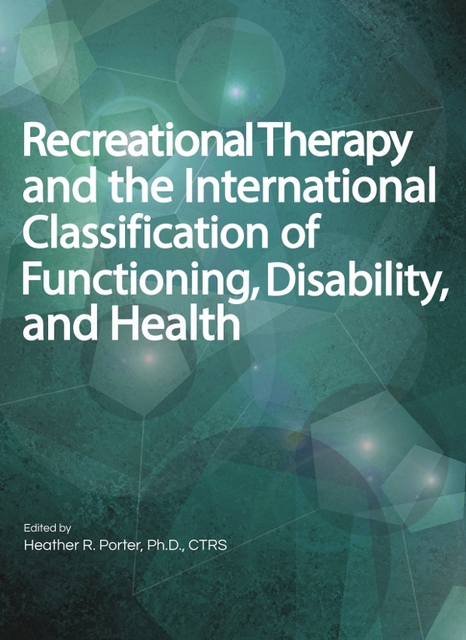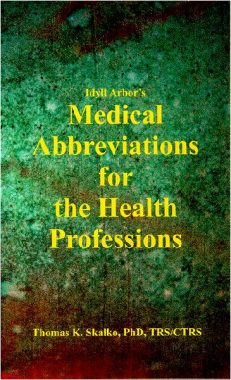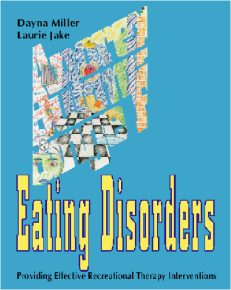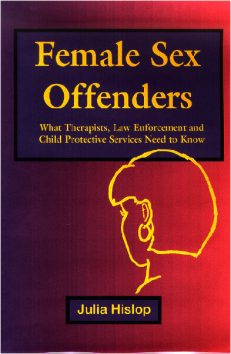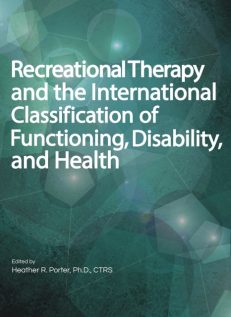Description
Recreational Therapy and the International Classification of Functioning, Disability, and Health ties recreational therapy practice to the World Health Organization’s International Classification of Functioning, Disability, and Health (ICF).
The ICF is a conceptualization of health, disability, and function that complements and validates the philosophy and practice of recreational therapy. Recreational Therapy and the ICF shows the connection between diagnosis and treatment and validates recreational therapy as part of this globally accepted model for aiding efforts toward optimal health and functioning. Each ICF code group relevant to recreational therapy is described, showing the assessment and treatment recreational therapists do for that code along with research demonstrating the efficacy of the interventions. Each ICF code set cross-references the places it is used in the other ICF-based books in the Recreational Therapy Practice series, Recreational Therapy for Specific Diagnoses and Conditions and Recreational Therapy Basics, Techniques, and Interventions.
From the Foreword
In 2002, Heather R. Porter and joan burlingame embarked upon a major project — to consolidate recreational therapy practice into a handbook for students and clinicians, and explain it using the International Classification of Functioning, Disability, and Health (ICF). The project took four years and the first edition of the Recreational Therapy Handbook of Practice: ICF-Based Diagnosis and Treatment was published in 2006. The 770-page text was well received in the field, and earned special recognition by the Centers for Disease Control as being the first book, other than the ICF itself, to describe the ICF as a basis for healthcare practice.
Author joan burlingame moved onto other endeavors, so in 2010 I took on the task developing an updated version of the book. The first edition needed significant revision, as it was primarily based upon clinical experiences. For the new edition I reached out to many content experts in the field of recreational therapy and asked them to contribute to the new evidence-based practice edition with the aim of making the text reflective of the entire profession.
As the project went forward, the publisher and I realized that there was too much information to fit into one book. We decided to create three books, one covering diagnoses (Recreational Therapy for Specific Diagnoses and Conditions), another looking at treatment modalities (Recreational Therapy Basics, Techniques, and Interventions), and this book describing the ICF. This book offers an in-depth review of the over 1,400 ICF codes, as well as coding procedures related to recreational therapy practice. When we tie our practice to the set of international standards provided by the ICF, it is clear that what we do is at the cutting edge of healthcare practice. We are doing so much more than treating medical conditions. We are finding ways to restore the minds, bodies, and spirits of our clients to the best possible levels of personal, interpersonal, societal, and environmental well-being.
It is an essential resource for the education of recreational therapists, as well as a reference manual for practicing clinicians and researchers, in guiding the provision of quality evidence-based care aimed at maximizing health, function, and participation. It is with great appreciation that I thank the authors who have contributed to this set of books, especially Yoshitaka Iwasaki, Ph.D., who wrote the section on Personal Factors for this book. Their hard work, passion, and dedication to the profession serve as an inspiration to all in the field and those to follow.
— Heather Porter
Heather Porter, Ph.D., CTRS, is a faculty member in the Rehabilitation Sciences Department at Temple University in Philadelphia, PA. She has a dual BS in Recreational Therapy and Sport/Recreation Management, an MS in Counseling Psychology with a Certificate in Marriage and Family Counseling, and a Ph.D. in Health Studies (Recreational Therapy and Public Health). She has a strong clinical background in inpatient and outpatient physical rehabilitation and has been teaching recreational therapy in higher education for over 18 years. She is committed to strengthening recreational therapy research and disseminating research information to practitioners, consumers, payers, legislators, and the general public. Most notably, she coordinates an annual Recreational Therapy Evidence-Based Practice Conference and maintains an open-access database for recreational therapy research and resources that has been utilized by over 60 countries (www.rtwiseowls.com). Dr. Porter also provides consultations to recreational therapy academic programs on how to integrate evidence-based research into academic coursework, and is recognized as a leader in the community seeking to integrate the World Health Organization’s International Classification of Functioning, Disability, and Health into healthcare practice.
Contents
ICF Contents
Foreword
I. Introduction
Introduction to the ICF
II. ICF Codes and Recreational Therapy Practice
Body Functions
Chapter 1 Mental Functions
Chapter 2 Sensory Functions and Pain
Chapter 3 Voice and Speech Functions
Chapter 4 Functions of the Cardiovascular, Hematological, Immunological, and Respiratory Systems
Chapter 5 Functions of the Digestive, Metabolic, and Endocrine Systems
Chapter 6 Genitourinary and Reproductive Functions
Chapter 7 Neuromusculoskeletal and Movement-Related Functions
Chapter 8 Functions of the Skin and Related Structures
Body Structures
Chapter 1 Structures of the Nervous System
Chapter 2 The Eye, Ear, and Related Structures
Chapter 3 Structures Involved in Voice and Speech
Chapter 4 Structures of the Cardiovascular, Immunological, and Respiratory Systems
Chapter 5 Structures Related to the Digestive, Metabolic, and Endocrine Systems
Chapter 6 Structures Related to the Genitourinary and Reproductive Systems
Chapter 7 Structures Related to Movement
Chapter 8 Skin and Related Structures
Activities and Participation
Chapter 1 Learning and Applying Knowledge
Chapter 2 General Tasks and Demands
Chapter 3 Communication
Chapter 4 Mobility
Chapter 5 Self-Care
Chapter 6 Domestic Life
Chapter 7 Interpersonal Interactions and Relationships
Chapter 8 Major Life Areas
Chapter 9 Community, Social, and Civic Life
Environmental Factors
Chapter 1 Products and Technology
Chapter 2 Natural Environment and Human-Made Changes to Environment
Chapter 3 Support and Relationships
Chapter 4 Attitudes
Chapter 5 Services, Systems, and Policies
Personal Factors
Index

